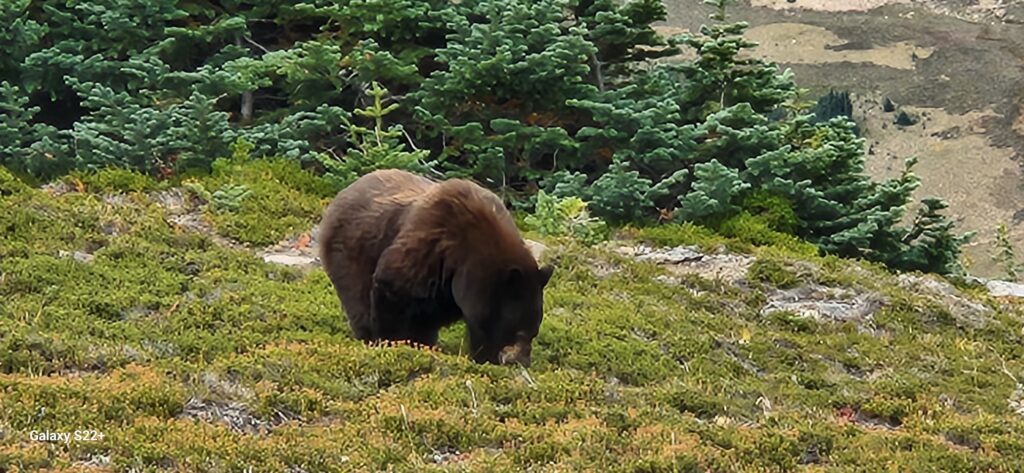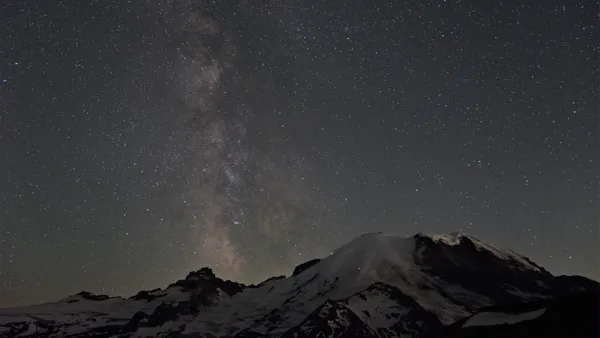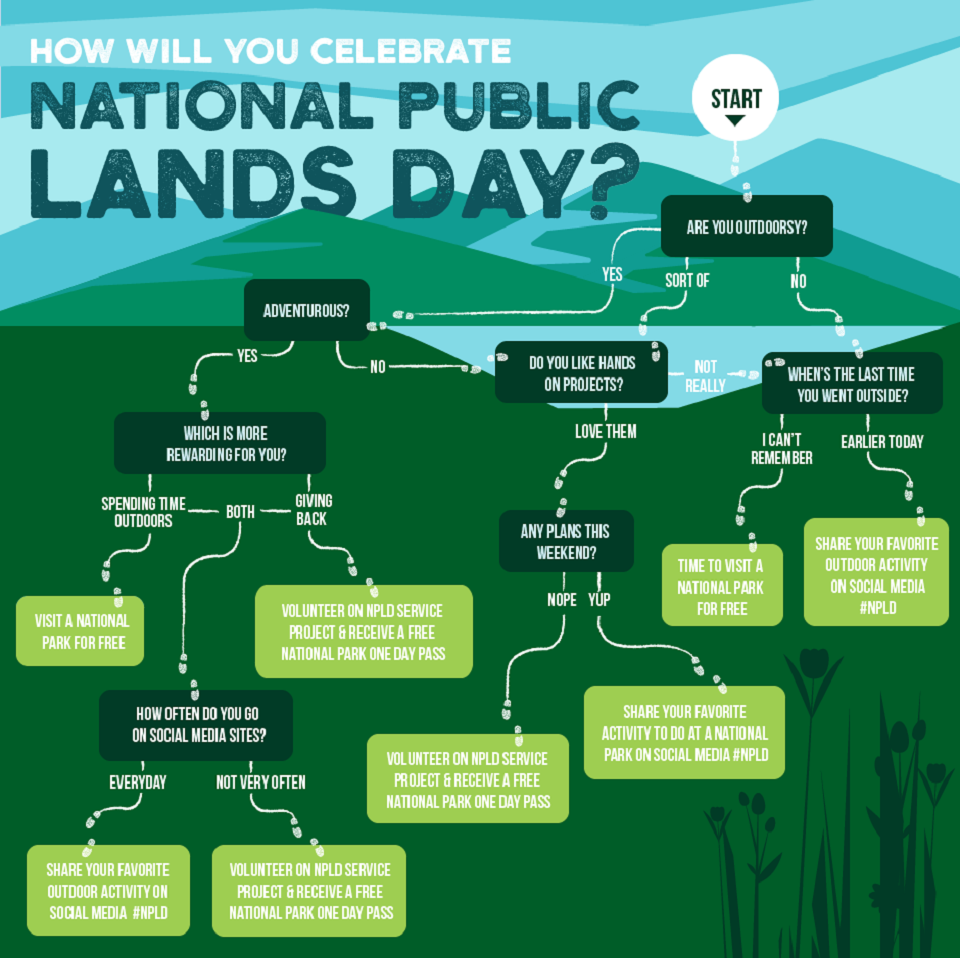How to distinguish between Grizzly, brown and black bear?

Great question! Distinguishing between grizzly bears, brown bears, and black bears can be a bit tricky since they share some similarities, but there are key characteristics that can help you tell them apart:
Grizzly Bear (Ursus arctos horribilis)
- Size: Large, weighing between 300 to 1,500 pounds.
- Color: Typically brown with a lighter grizzled appearance due to white-tipped hairs, but can range from blonde to nearly black.
- Hump: Prominent shoulder hump due to large muscles used for digging.
- Face: Concave (dished) face with a broad skull.
- Claws: Long claws (up to 4 inches) adapted for digging.
Brown Bear (Ursus arctos)
- Size: Similar in size to grizzlies but can vary widely depending on the subspecies.
- Color: Color can vary from light blonde to dark brown, similar to grizzlies.
- Geographic Range: Found in coastal areas like Alaska and parts of Canada and the continental U.S.
- Variation: Includes various subspecies, such as the Kodiak bear and the Eurasian brown bear.
Black Bear (Ursus americanus)
- Size: Generally smaller than grizzlies and brown bears, weighing between 100 to 600 pounds.
- Color: Usually black, but can also be cinnamon, brown, or even bluish in some regions.
- Hump: No notable shoulder hump.
- Face: More pointed face with a straight profile.
- Claws: Shorter claws, generally not as long as those of grizzlies.
Final Tips:
- Behavior: Black bears are typically more arboreal (good climbers) than grizzlies and tend to be more shy around humans.
- Habitat: Brown bears are often found in areas with rich food sources, like salmon streams, while black bears can adapt to a variety of habitats.
- Track Differences: If you find tracks, a black bear’s print appears more rounded, while a grizzly’s print has a more elongated shape due to the longer claws.
Always be cautious and respectful of bears in the wild, and remember to observe from a safe distance! If you have any more questions or need further information, feel free to ask!







